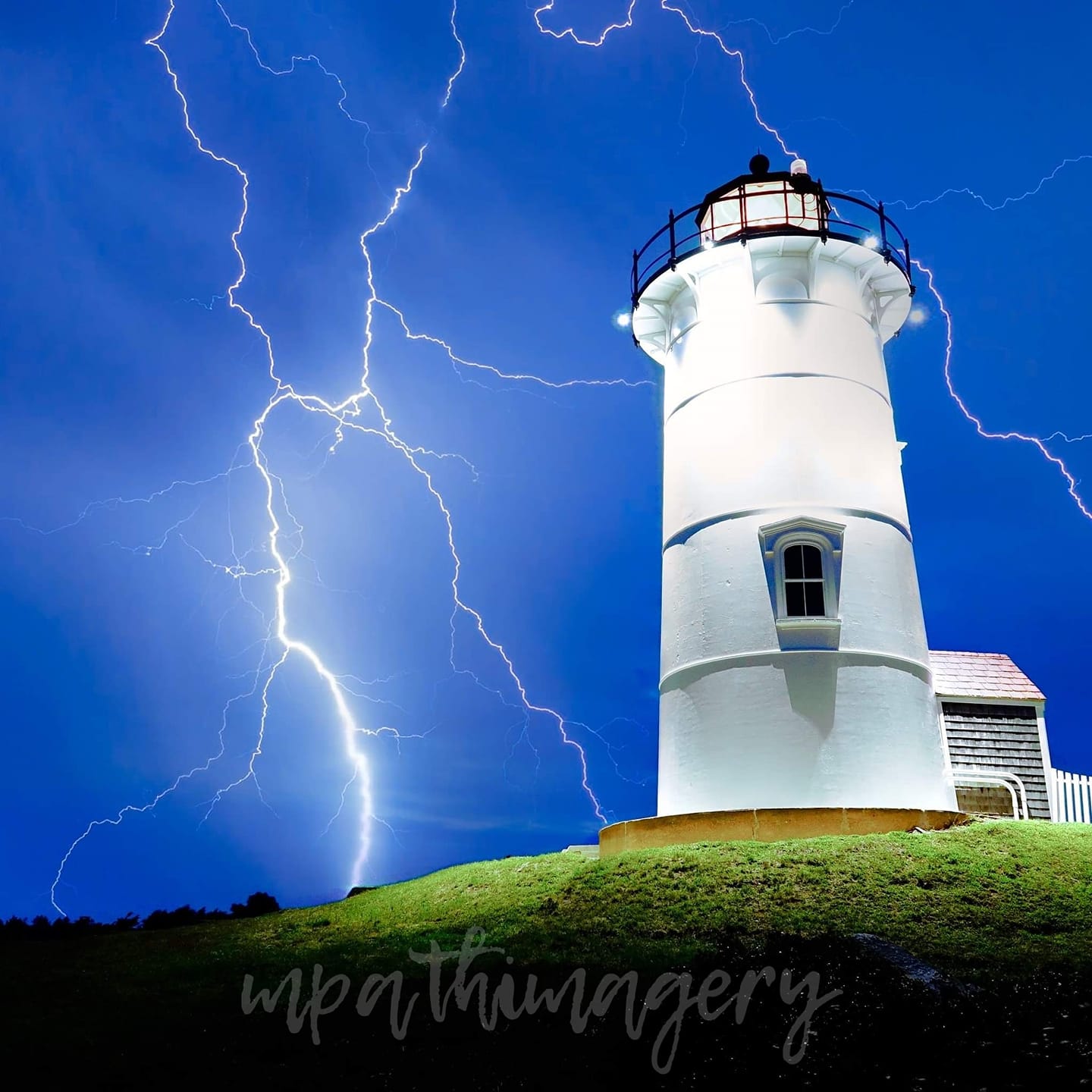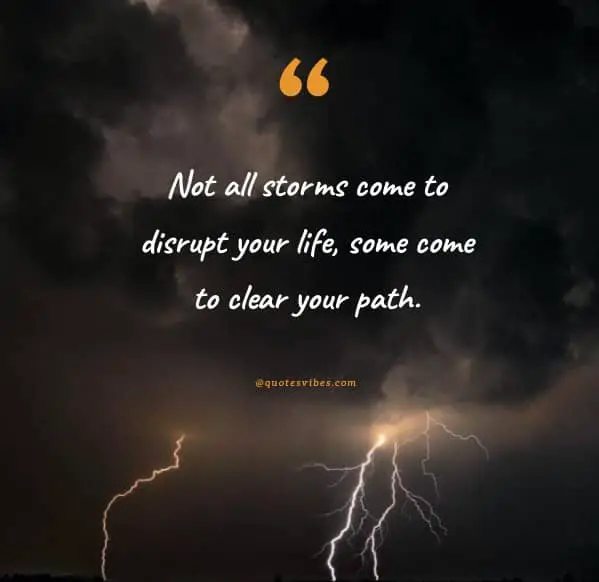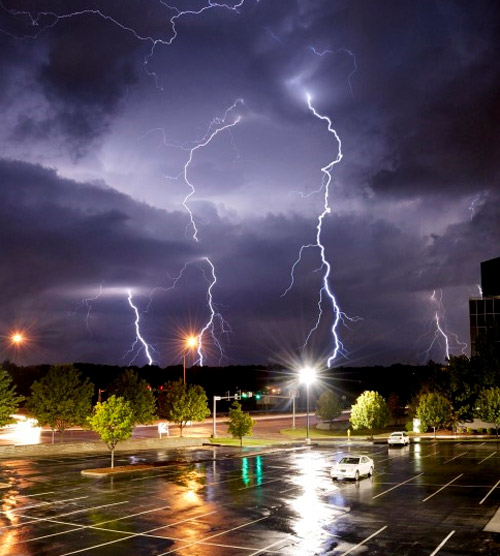

The spatial resolution is about 8 km, which is about the size of a small thunderstorm, so each camera pixel can see about one whole small storm or part of a large storm. It can record about 500 images per second, which is fast enough to see the progression of lightning as it brightens different parts of a cloud.

It “sees” in a particular narrow band of light that lightning emits well and helps distinguish from other sources of light. The GLM is essentially a fast infrared video camera. It cannot, however, “see” if a channel from the flash hits ground or not. It records how bright the flashes are from above, how large of an area a flash covers, and how many flashes pass over any given location. The GLM monitors the optical emissions of lightning which reach space, similar to what we would see with our eyes. The Geostationary Lightning Mapper (GLM) is an instrument on two weather satellites launched in 20 (GOES-16 and GOES-17) that map total lightning (in-cloud and cloud-to-ground) activity continuously day and night over the Americas and adjacent ocean regions. Scientists also use the OKLMA to investigate using lightning data in weather forecast models. What we do: NSSL uses the OKLMA to investigate how lightning characteristics relate to updrafts, precipitation, and severe storm processes. Sometimes flashes are very small and last only a few milliseconds, but some can cover very large areas and keep going for up to 6-7 seconds. High time resolution (20 to 100 ns) makes it possible to watch lightning progress from initiation into different regions of storms. They also use a time-of-arrival technique to locate source points in 3 dimensions and time, usually using at least 6 or 7 stations to keep errors lower.

LMA systems also detect radio noise, but in the very high frequency (VHF) band around 60 MHz. NSSL is currently building a mobile array in order to provide targeted lightning observations in conjunction with field campaigns. Research LMA's exist in Oklahoma, the Texas Panhandle, northern Alabama, Washington D.C., Kennedy Space Center in Florida, and many other locations. Up to thousands of points can be mapped for an individual lightning flash to reveal its location and the development of its structure. Lightning Mapping Arrays provide three-dimensional mapping of lightning channel segments near the array. What we do: NSSL uses the data collected by the NLDN to learn how storms produce CG flashes and how these flashes relate to other storm hazards. The +CG return stroke, however, more often has a sustained current that can have greater chance of igniting fires. Positive CG (+CG) flashes effectively bring positive charge to ground (or negative charge up) and almost always have only a single return stroke. CG flashes that bring negative charge from the cloud to ground (“negative CG” or “-CG”) can have multiple return strokes, which can sometimes be seen visually as a flickering of the channel to ground. Flashes outside of the network have larger location errors and may not even be detected.Įach system may detect more than one stroke (in-cloud or return) for a single lightning flash. Location accuracy is best when lightning occurs within a network of stations. Radio signals are detected by multiple stations (at least 3) are used to determine the location of the stroke by a time-of-arrival technique. Since there are many other sources of radio noise, the systems have to first identify which bursts are likely to be caused by lightning. CG return strokes usually have larger currents that make stronger signals that are easier to detect. A “stroke” can be a fast current within the cloud, or a “return stroke” in a channel to ground. These two systems work by detecting radio waves (sferics) emitted by fast electric currents (strokes) in lightning channels. Severe Weather 101 Lightning Detection Lightning Detection NetworksĬurrently, cloud-to-ground (CG) and intra-cloud (IC) lightning flashes are detected and mapped in real-time by two different networks in the United States-the National Lightning Detection Network (NLDN), a system owned and operated by Vaisala Inc, and the Earth Networks Total Lightning Network.


 0 kommentar(er)
0 kommentar(er)
